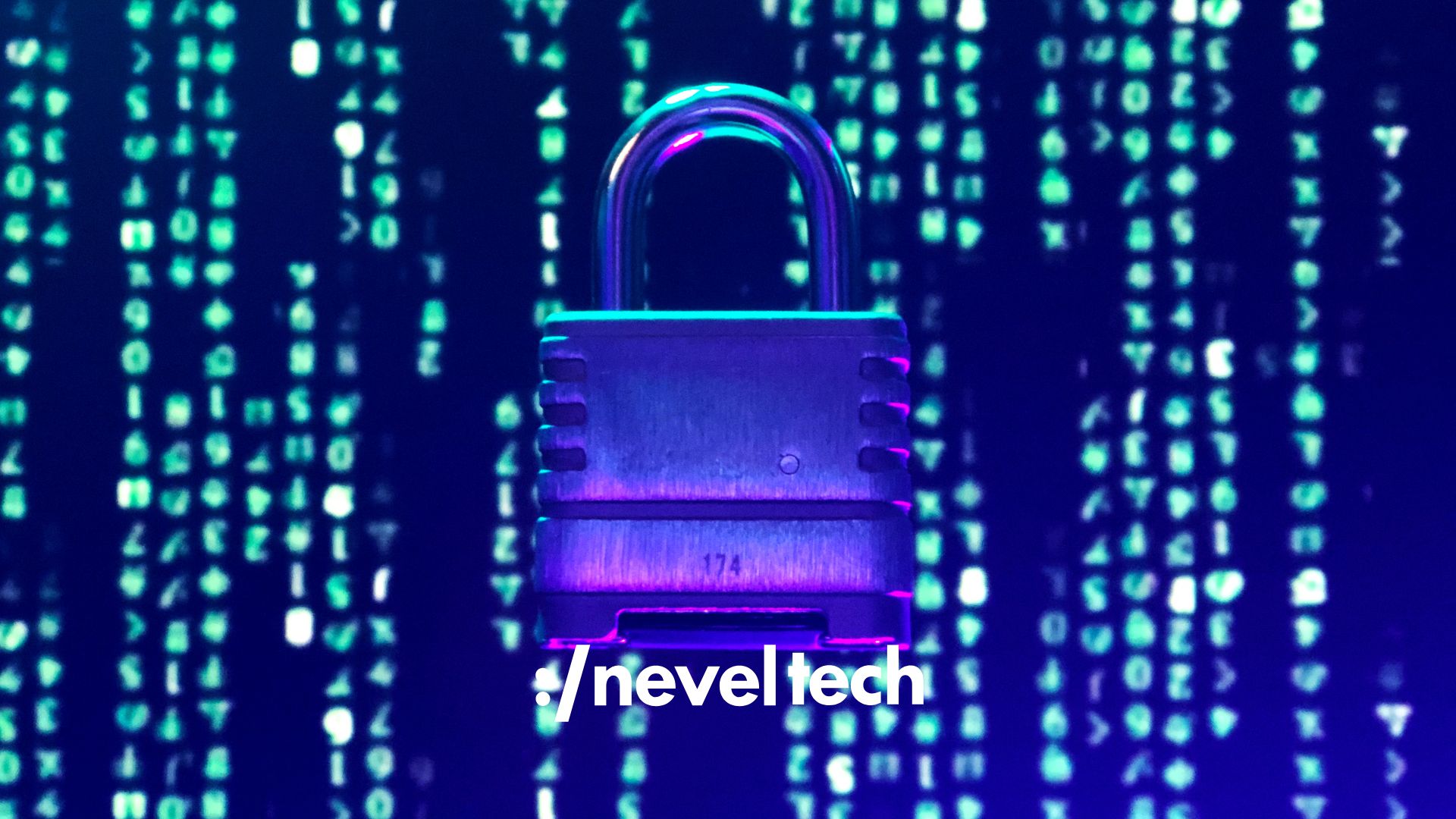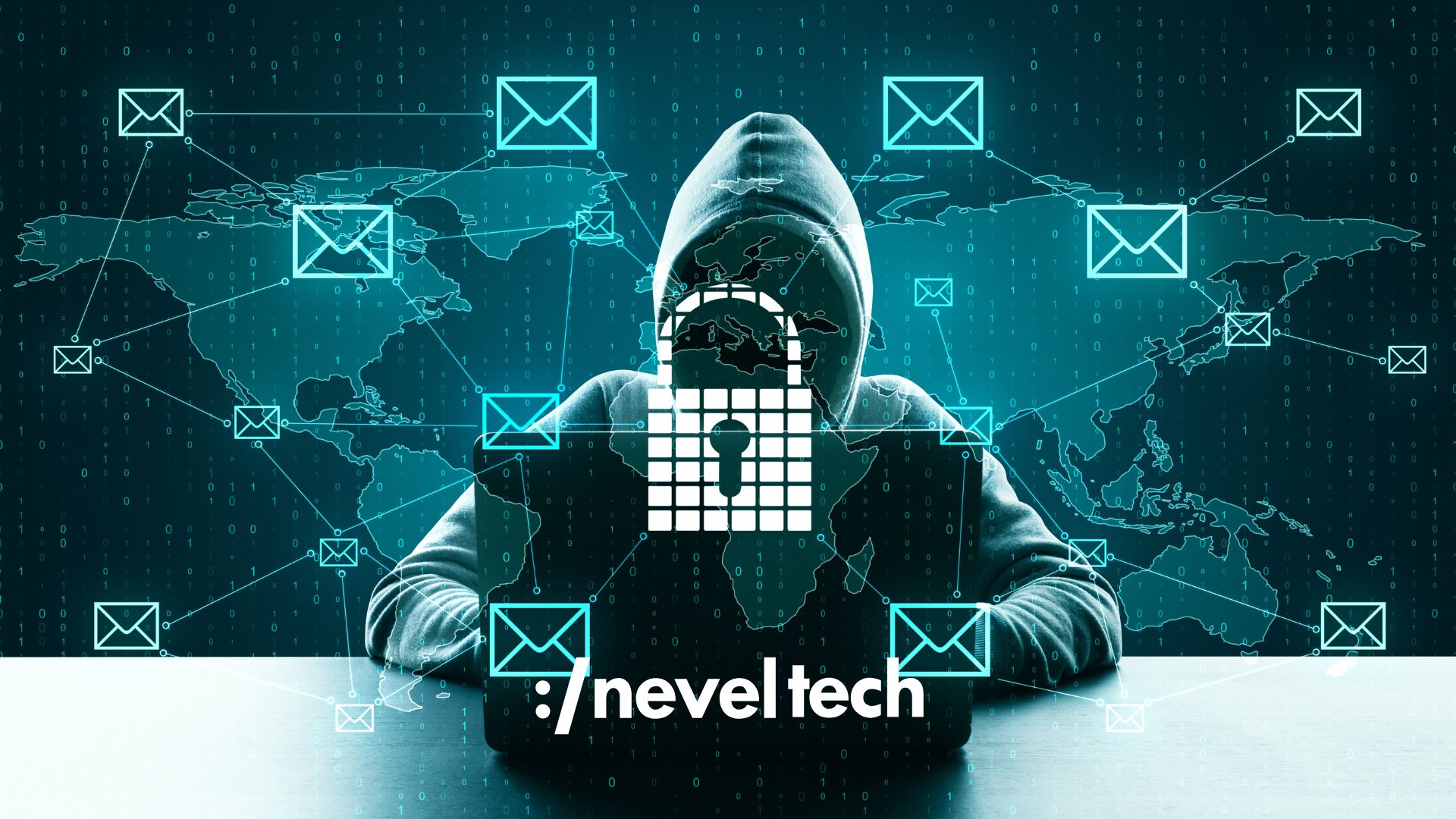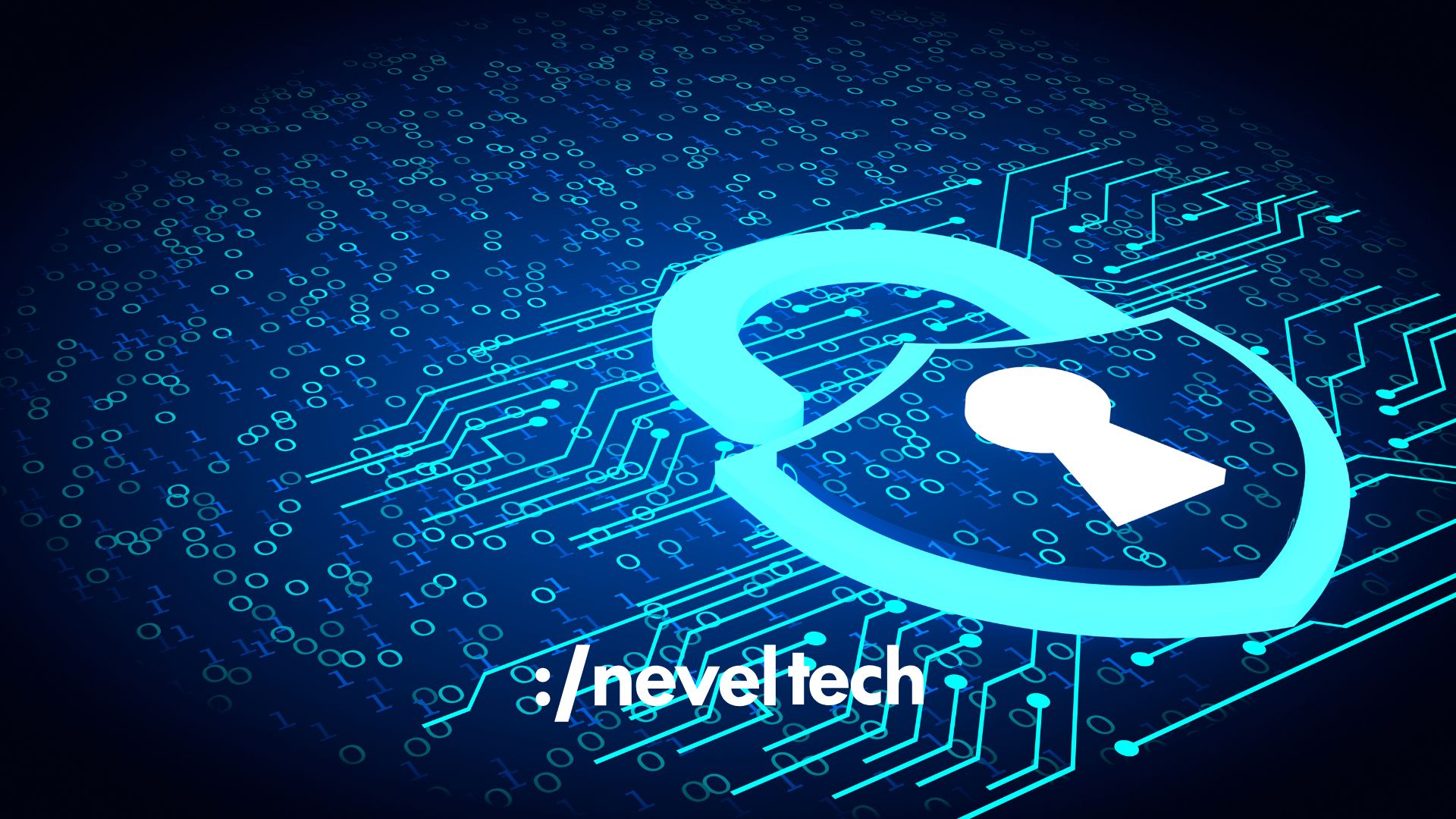In 2025, businesses face an unprecedented wave of cybersecurity threats that continue to evolve in complexity and scale. From ransomware attacks to social engineering and IoT vulnerabilities, these challenges demand robust strategies to ensure operational resilience. This article explores the dynamic landscape of cybersecurity threats in 2025 and offers actionable measures to protect your business.
Understanding Cybersecurity Threats in 2025
The surge in sophisticated cyberattacks underscores the need for proactive security measures. Businesses unprepared for these challenges risk financial losses, reputational damage, and operational downtime. Below, we examine key case studies of cybersecurity threats and practical solutions to mitigate them.
Case Study 1: Ransomware Strikes Again
Ransomware continues to be one of the most pervasive cybersecurity threats in 2025. A major international corporation recently experienced an attack that encrypted critical data, halting operations. Hackers demanded cryptocurrency payments to restore access, resulting in severe financial and reputational harm.
Solution: Regular Data Backups
Organizations must prioritize frequent data backups. Cloud-based solutions with automated backups enable swift data recovery, minimizing the impact of ransomware attacks. Staying prepared ensures resilience against this persistent threat.
Case Study 2: Social Engineering Exploits Human Vulnerabilities
Social engineering remains a powerful tool for cybercriminals in 2025. Phishing emails, impersonation, and other tactics are used to manipulate employees into divulging sensitive information or granting unauthorized access.
Solution: Employee Training and Awareness
A well-informed workforce is essential for combating cybersecurity threats like social engineering. Businesses should implement ongoing training programs, simulate phishing exercises, and encourage employees to report suspicious activities. Awareness is a crucial defense mechanism against these tactics.
Case Study 3: IoT Vulnerabilities Exposed
The rapid adoption of IoT devices introduces new cybersecurity threats to businesses. Hackers exploiting unsecured IoT devices can gain access to critical systems, compromising sensitive data.
Solution: Robust IoT Security Policies
To address IoT-related cybersecurity threats, businesses should:
- Regularly update device firmware.
- Use strong encryption protocols.
- Segregate IoT devices from critical systems.
- Conduct thorough security assessments before deployment.
These measures help reduce vulnerabilities and protect against potential breaches.
Key Takeaways for 2025
Adapting to cybersecurity threats in 2025 requires businesses to implement a multifaceted security strategy. Essential actions include:
- Regular Updates to Security Protocols: Stay ahead of emerging threats by continuously updating security measures.
- Comprehensive Employee Training: Empower employees to recognize and respond to potential risks.
- Proactive Investment in Cybersecurity: Allocate resources to build a robust security framework.
- Real-Time Threat Monitoring: Use advanced tools to detect and neutralize threats promptly.
Conclusion
The rise in cybersecurity threats in 2025 highlights the importance of proactive and adaptive security measures. By investing in employee education, strengthening protocols, and preparing for emerging risks, businesses can navigate the ever-evolving landscape of cyber threats effectively.
Cybersecurity is no longer optional but a critical priority. Companies that prioritize these measures today will be better equipped to face the challenges of tomorrow, ensuring business continuity and success in the digital age.







